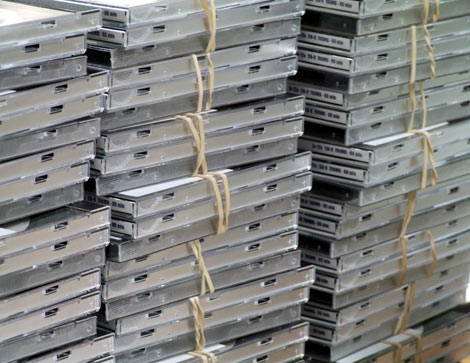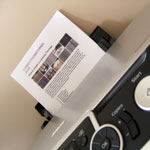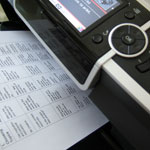
What is ‘Learning’
Getting Feedback
Legacies and Archives
What is ‘Learning’
How, in the end, do you create learning in others? This simple question can be notoriously difficult to answer. Giving people a list of, for example, historical dates about the life of a man like Benjamin Stone or Helen Caddick will provide some useful raw information. This is still only part of what it means to produce learning in its fullest sense. Simply giving facts does not explain why two such figures are still important today, how their lives were connected to the social and political context of Birmingham, or why people should make their own investigations into the collections you are foregrounding.
Creating open ‘access’ to knowledge without being intimidating is vitally important. Providing lists of resources opens starting points for others to engage with a new subject. It empowers people to do their own research after they have seen your work. Rather then ‘telling’ an audience why something is important, it is better to show the evidence by providing a range of information from different perspectives and let the audience come to its own conclusions. The audience will always bring their own perspective to the learning package you present; so rather than asserting you are ‘right’, is it better to be suggestive, open minded, ask questions, leaving open endings in your work. Learning should be active, not passive.
Developing and sharing ideas about our heritage and sharing knowledge about history should be open to everyone. We are all in education everyday of our lives. We can all contribute a perspective on what it is like to live in Birmingham. In this sense, producing learning on however great or small a subject links us to a stronger sense of belonging to a place and, hopefully, social justice. Ultimately, producing learning demands that you feel inspired to share you knowledge with others, whilst recognising that any ‘knowledge’ you share is not a defined object, but a living place where different ideas and histories connect and change.
<return to top>
Getting Feedback
Your project does not end there! An important part of your learning curve will be finding out what other people thought of your work. In what way was it successful? Where did it go wrong? Was it successful in engaging the audience you expected? Who else came into contact with you ideas? How would you do it differently next time?
If you have produced some exhibition panels that will be shown in a library, how do you know how many people have stopped and looked at your display? Or how can you find how many people have visited you website page? And even if you can ascertain such figures, how could you tell what effect it has had upon people? We are all surrounded by vast amounts of information everyday; what makes your learning succeed or fail?
Although there is no single solution, there are lots of different ways of getting feedback. You could ask people to fill in a questionnaire about your work. You could leave a comments book. Is there a discussion board connected to your website? Could you arrange to meet with people who have their own ideas about the issues you have presented? Could you have follow up sessions with members of a local history group?
<return to top>
Legacies and Archiving
After all the time it has taken to research, design, discuss, organise and present your work, what will be the long term future of the leaning package you have created? Will people still be able to access your work? The long term ‘legacy’ of your project is important. You want your learning package, website page, exhibition, leaflet, booklet, illustrated guide, city trail, resource list, written introduction to remain available to public history. Your work should go on having relevance, with the opportunities to help others, to lead to new research or learning. Find out if an archives office, a local library, or a local history group will permanently house your learning package. Can you get your work on the web? Can your work get published? What will be your next learning package?
<return to top>
Author: Dr Andy Green
Image: Dr Andy Green
|
|

Printable How to Create a Learning Package

Printable Summary
|